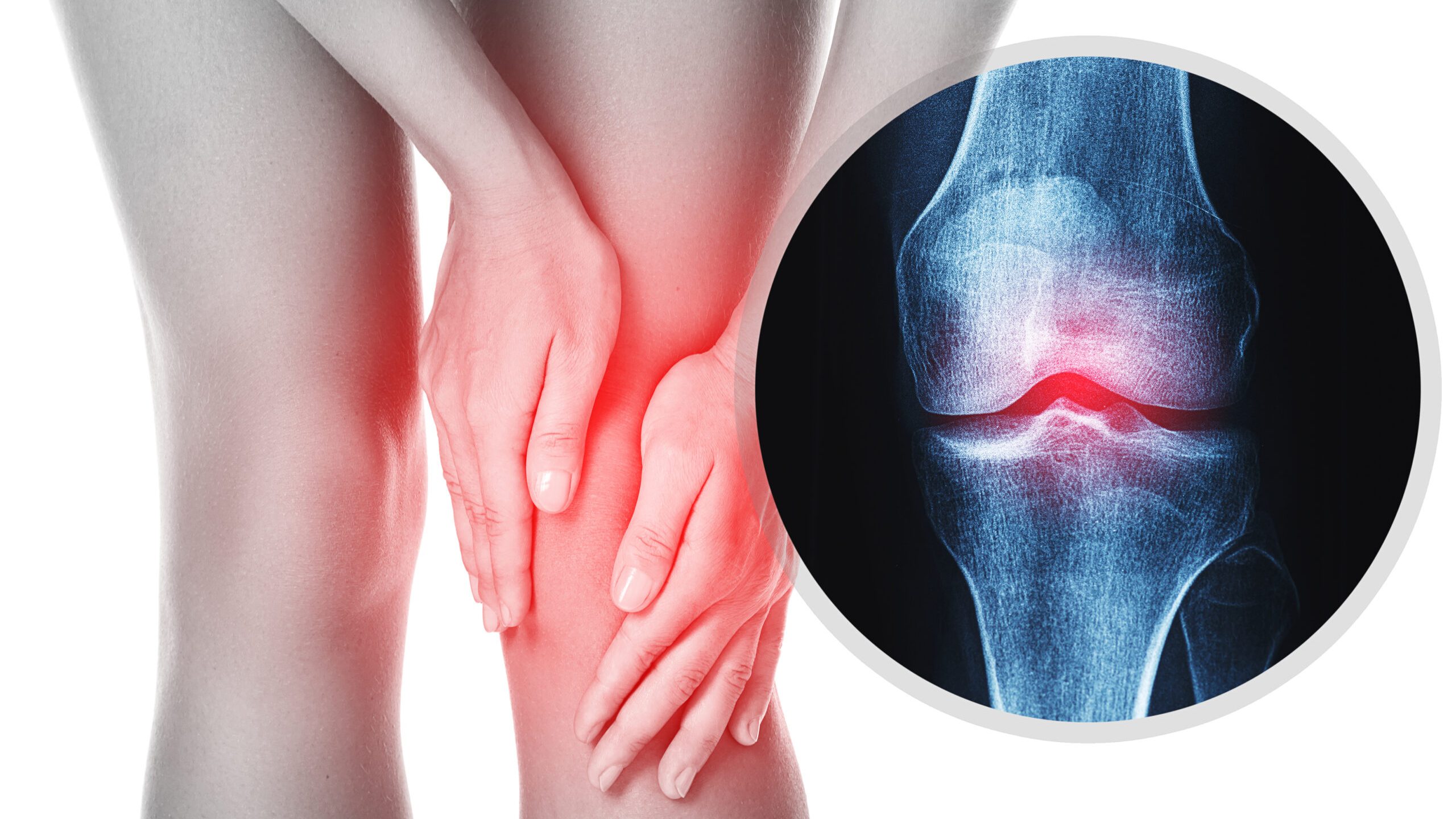Introduction
Various types of joint pain affect millions of people worldwide, impacting mobility, daily activities, and overall quality of life. Whether caused by injury, inflammation, or chronic disease, joint pain can significantly disrupt a person’s well-being. Understanding the various types of joint pain, their causes, and available treatments is crucial for managing symptoms effectively.
In this article, we will explore the various types of joint pain, their underlying causes, and potential treatment options to help you find relief and maintain a healthy lifestyle.
1. Osteoarthritis: The Most Common Type of Joint Pain
Osteoarthritis (OA) is one of the most prevalent various types of joint pain, affecting millions of individuals, particularly as they age. It results from the gradual breakdown of cartilage, leading to pain, stiffness, and decreased joint flexibility.
Common Symptoms of Osteoarthritis
- Joint stiffness, especially in the morning
- Pain that worsens with activity
- Swelling around the affected joint
- Loss of flexibility
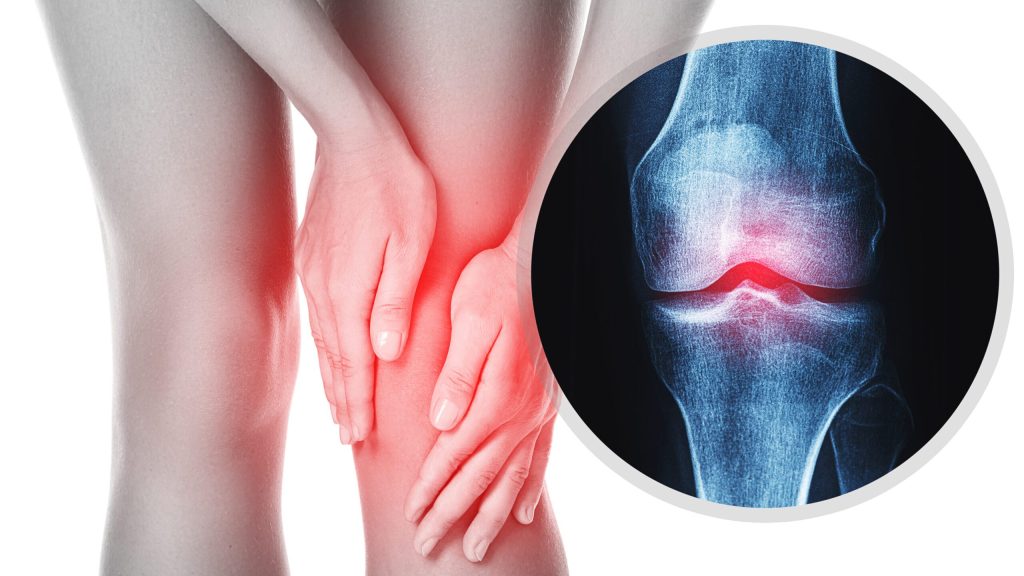
Treatment Options for Osteoarthritis
- Medications: Nonsteroidal anti-inflammatory drugs (NSAIDs) like ibuprofen help reduce pain and inflammation.
- Physical Therapy: Strengthening the muscles around the joints can provide better support and reduce strain.
- Weight Management: Excess weight increases stress on joints, worsening osteoarthritis symptoms.
Read more about osteoarthritis treatments at Harvard Health Publishing.
2. Rheumatoid Arthritis: An Autoimmune Cause of Joint Pain
Rheumatoid arthritis (RA) is an autoimmune disorder where the body’s immune system attacks healthy joint tissues, leading to chronic inflammation. Unlike osteoarthritis, which results from wear and tear, RA can affect multiple joints simultaneously.
Common Symptoms of Rheumatoid Arthritis
- Swollen, tender, and warm joints
- Symmetrical joint pain (affecting both sides of the body)
- Fatigue and unexplained weight loss
- Morning stiffness lasting more than an hour
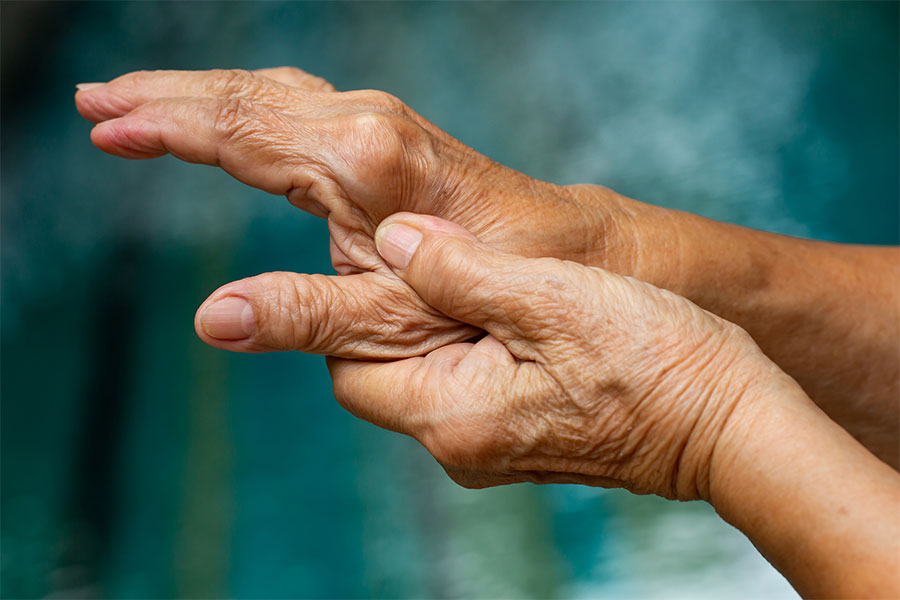
Treatment Options for Rheumatoid Arthritis
- Disease-Modifying Antirheumatic Drugs (DMARDs): These medications slow the progression of RA.
- Biologic Therapies: Targeted treatments that block inflammatory proteins in the immune system.
- Lifestyle Adjustments: A diet rich in anti-inflammatory foods and regular exercise can help manage symptoms.
Find out more about autoimmune joint pain at the Arthritis Foundation.
3. Gout: A Painful Form of Arthritis
Gout is a type of inflammatory arthritis caused by excessive uric acid buildup in the blood, leading to the formation of sharp crystals in the joints. This results in sudden, severe pain, usually in the big toe.
Common Symptoms of Gout
- Intense joint pain, often occurring at night
- Redness and swelling around the affected joint
- Sudden attacks of pain that can last days or weeks
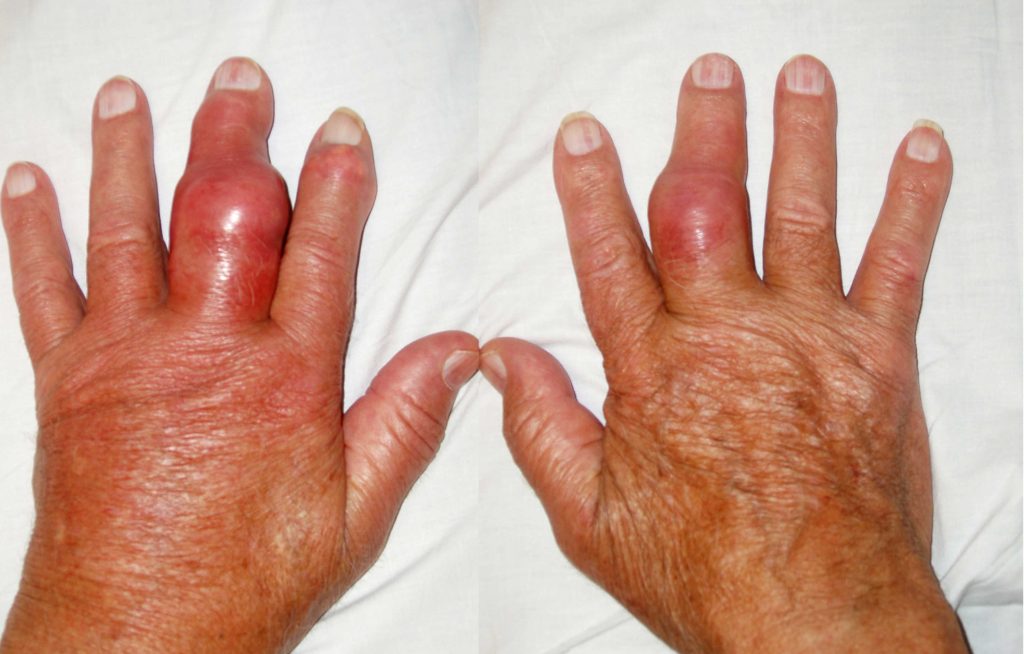
Treatment Options for Gout
- Medications: Colchicine and corticosteroids help reduce inflammation during an attack.
- Dietary Changes: Avoiding high-purine foods like red meat and alcohol can lower uric acid levels.
- Hydration: Drinking plenty of water helps flush excess uric acid from the body.
4. Bursitis: Inflammation of the Joint Cushions
Bursitis occurs when the small fluid-filled sacs (bursae) that cushion the joints become inflamed. It is often caused by repetitive motions or prolonged pressure on a joint.
Common Symptoms of Bursitis
- Aching pain in the affected joint
- Swelling and tenderness
- Increased pain with movement or pressure
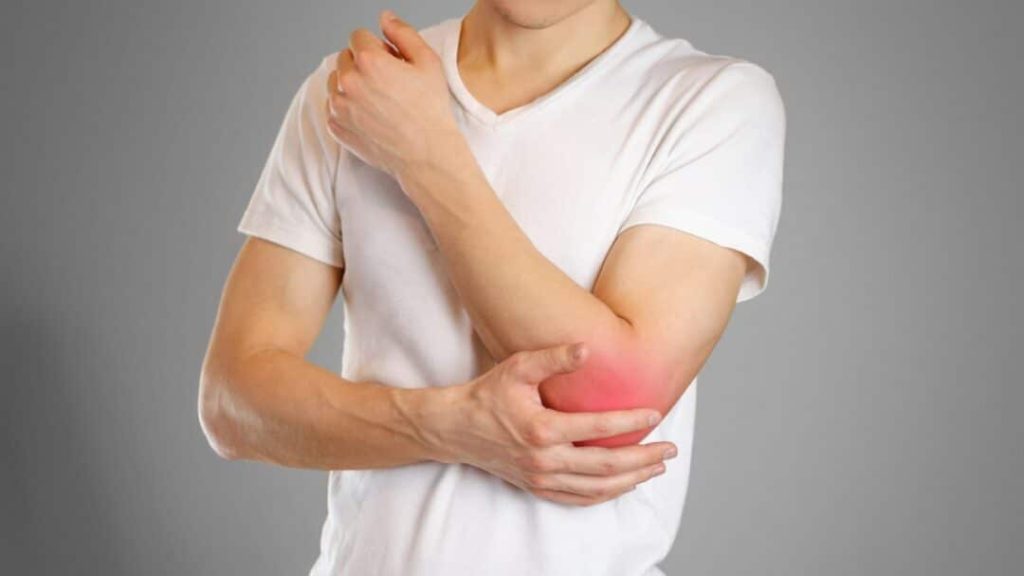
Treatment Options for Bursitis
- Rest and Ice Therapy: Reducing movement and applying ice packs can relieve inflammation.
- Anti-Inflammatory Medications: NSAIDs help manage pain and swelling.
- Physical Therapy: Gentle stretching exercises can improve joint mobility.
5. Tendonitis: Inflammation of the Tendons
Tendonitis is the inflammation of tendons due to overuse or repetitive movements. It commonly affects the shoulders, elbows, wrists, knees, and heels.
Common Symptoms of Tendonitis
- Dull pain near the affected joint
- Stiffness and restricted movement
- Swelling in the surrounding area
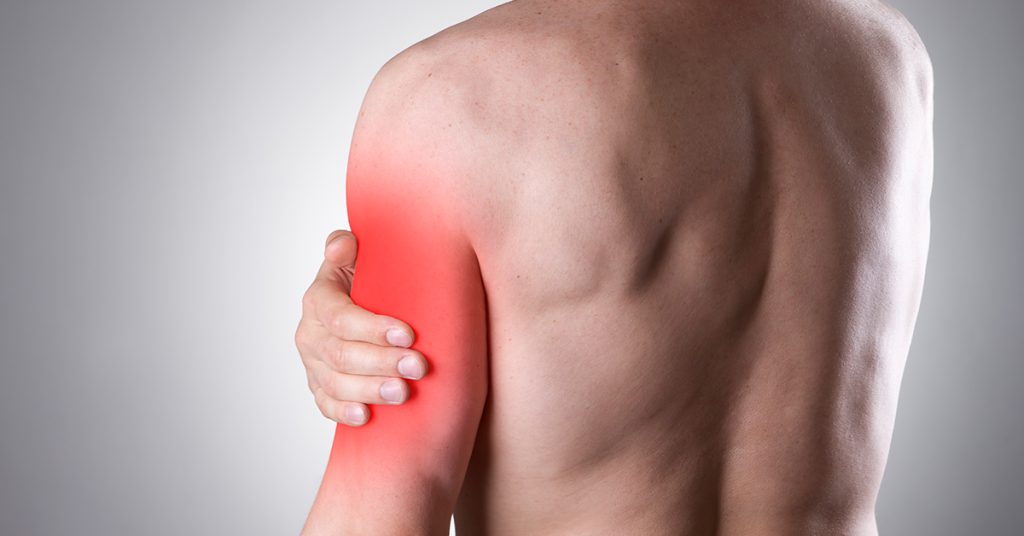
Treatment Options for Tendonitis
- RICE Method: Rest, Ice, Compression, and Elevation help reduce inflammation.
- Physical Therapy: Strengthening exercises improve tendon flexibility.
- Anti-Inflammatory Medications: NSAIDs can alleviate pain and swelling.
Tips for Managing Joint Pain Naturally
If you suffer from various types of joint pain, incorporating natural remedies into your daily routine can provide relief:
✅ Stay Active: Low-impact exercises like swimming, walking, and yoga improve joint flexibility.
✅ Maintain a Healthy Diet: Anti-inflammatory foods like turmeric, fish oil, and leafy greens help reduce inflammation.
✅ Use Joint Supplements: Glucosamine and chondroitin can support joint health.
✅ Get Enough Sleep: Quality rest allows the body to repair and reduce inflammation.
Conclusion
Understanding the various types of joint pain is essential for effective management and treatment. Whether caused by osteoarthritis, rheumatoid arthritis, gout, bursitis, or tendonitis, identifying symptoms early and taking preventive measures can significantly improve joint health.
If you experience persistent joint pain, consult a healthcare professional for a personalized treatment plan. By staying active, maintaining a healthy diet, and seeking appropriate medical care, you can manage joint pain effectively and lead a more comfortable life.Click here to learn more:How Do You Relieve Muscle Pain? Effective Strategies for Fast Recovery

